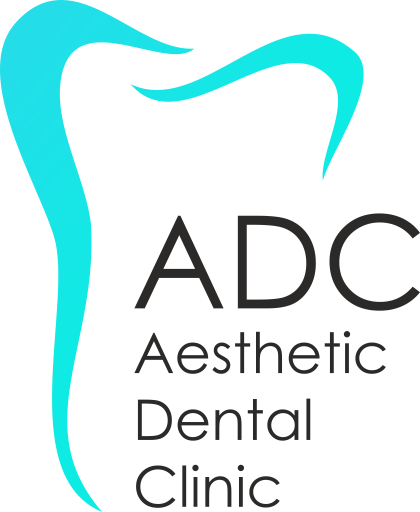Contents
The problem
The formation of dental plaque is the beginning of the creation of the tartar. The dental plaque consists of germs that make up a sticky, soft, and almost colorless or pale yellow mass that adheres to the surface of the teeth and gums. It is created by microorganisms together with by-products of microbial metabolism, saliva, dead epithelial cells and food residues.
The microbial plate and stone are divided into two forms:
Supra-gingival plague and tartar:
It grows on the gums and on the visible part of the tooth. It is the most common form of dental plaque.
Sub-gingival plague and tartar:
It develops below the gum line, between the gingiva and the root of the tooth. It is the most dangerous form of dental problems.
The tartar (stone) is created when the dental plague has remained in the teeth for a significant period of time and has hardened. It is usually located at the junction of the teeth and gums and between the teeth. The point where we have most of the stone is at the back of the lower anterior teeth (close to where salivary glands secrete saliva).
Most of the time the stone (stone) is not perceived so it is necessary to visit the dentist regularly to check your oral hygiene.
Tartar (stone) is a very hard substance which is impossible to remove only by brushing and daily oral hygiene performed by the patient at home. For this reason, the dentist should remove it with appropriate cleaning tools. However, it is possible to delay the creation of the harvester by keeping the mouth clean with the correct method of brushing the teeth.
What is Dental Cleaning
Exfoliation is the dental procedure of removing dental plaque and stone from the teeth, and mainly from the area around the gum line. Treatment is performed by hand tools or by the ultrasound device.
The Dental Cleaning process
In cases where there is only a slight gingivitis, tooth cleaning and decontamination can be completed in a single appointment, and in most cases anesthesia is not even required. However, if radical scraping is required for periodontitis treatment, 2 or even 4 appointments may be required depending on whether the treatment is per jaw or quadrant.
The decontamination is done using a special ultrasound device, hand tools, or a combination of these. Ultrasounds are usually used first to remove the greater amounts of supra-gingival plaque and tartar from the teeth, while hand tools are more commonly used for sub-ulcer cleaning.
At the end of the procedure, the surface of the tooth crown will be polished by the polishing method to remove accumulated surface pigments that have altered their color and improve their appearance.
The result
Removal of whole sub-gingival and supra-gingival tartar as well as tooth polishing.
When the procedure is completed there will be a feeling of clean teeth and relief from the pressure and the teeth will feel more liberated. Finally the color of the teeth will lighten up, after the pigments and discoloration have been removed and the teeth will be polished.
It is normal to have slight pain in the teeth and gums after a thorough cleaning by the dentist, especially if there is a sensitivity problem before surgery.




